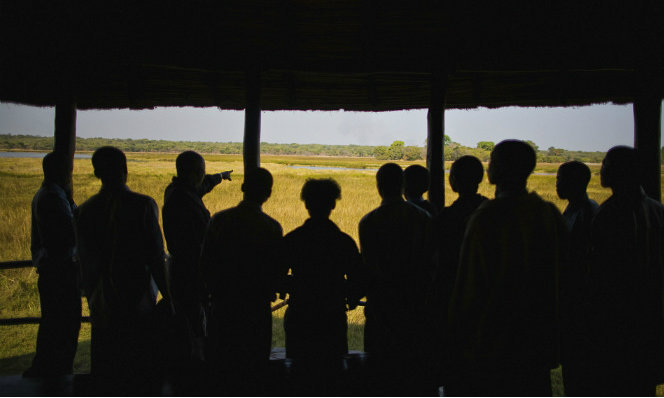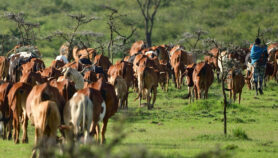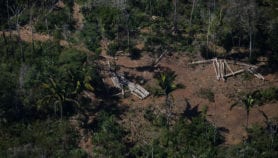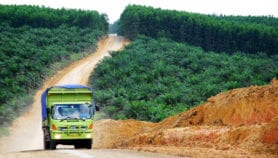By: Jan Piotrowski
Send to a friend
The details you provide on this page will not be used to send unsolicited email, and will not be sold to a 3rd party. See privacy policy.
The world could lose a fifth of its remaining natural habitat by 2050 through population growth if current trends in land use continue unabated, a study warns.
The effects of population growth on land use will be particularly dire in Africa and South America because of increases in agriculture, mining and urban sprawl, according to an analysis published this month (7 October) in PLOS One.
The world’s population is predicted to soar to 9.6 billion by mid-century, increasing demand for resources, the study says. “This is an issue that is global in nature and potentially rivals other global conservation issues like climate change,” says Joe Kiesecker, an ecologist at US charity the Nature Conservancy and one of the study authors.
Kiesecker and his colleagues identified around 76 per cent of land on Earth, discounting Antarctica, as natural habitat. They found that nearly 20 million square kilometres of these habitats — 20 per cent of what remains across the planet — would be swallowed up under current predictions of population and economic growth.
The team identified five factors as triggering land use change are set to expand rapidly with population growth and development: urbanisation, agriculture, mining, fossil fuel extraction and renewable energy. Urban areas are expected to nearly double in size by 2030, while land use for agriculture will grow by a third and land use for mining will rise by 60 per cent by 2050, the study says.
Africa alone will lose an area of natural habitat larger than Australia between now and 2050, the researchers warn.

Part of the problem is a lack of designated conservation zones, the paper says. Only five per cent of natural environments threatened by development have strict legal protection — a figure that must increase to reduce the harm of economic development, the researchers say.
But Kiesecker stresses that the study’s aim is not to be “anti-development”.
However, Souleymane Konate, an ecologist at the University of Nangui Abrogoua in Côte d’Ivoire, says tackling habitat loss from the top down is the wrong approach. He says that conservation must take place at the community level and will only succeed if people understand the value of protecting biodiversity for their long-term wellbeing.
“When people are hungry, they do not care if an area is protected,” he says. “But if you allow people to benefit from ecosystem services then they will be the first to protect these areas.”
References
James R. Oakleaf and others A world at risk: Aggregating development trends to forecast global habitat conversion (PLOS One, 7 October 2015)














